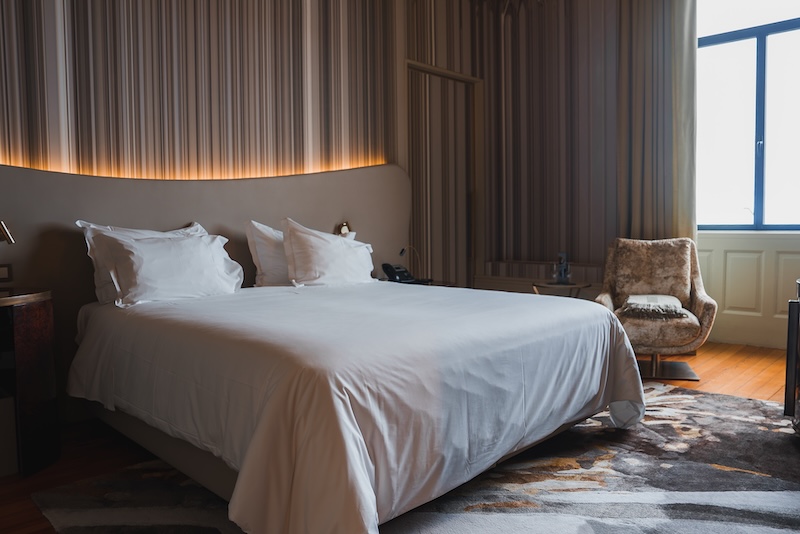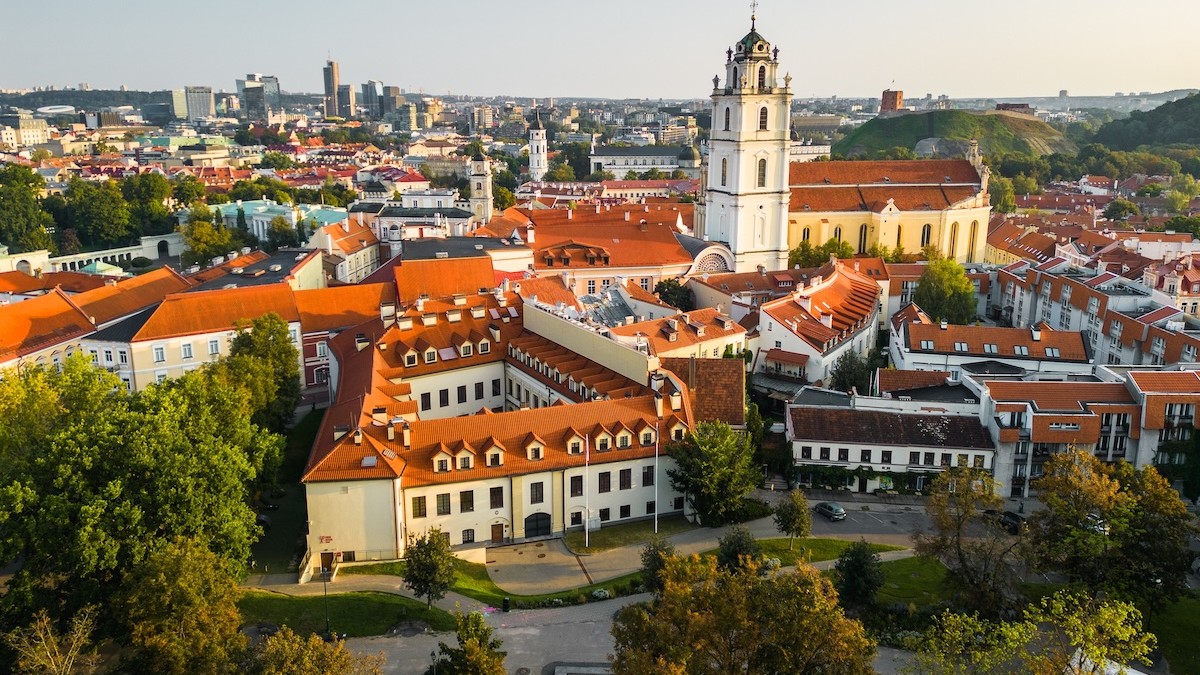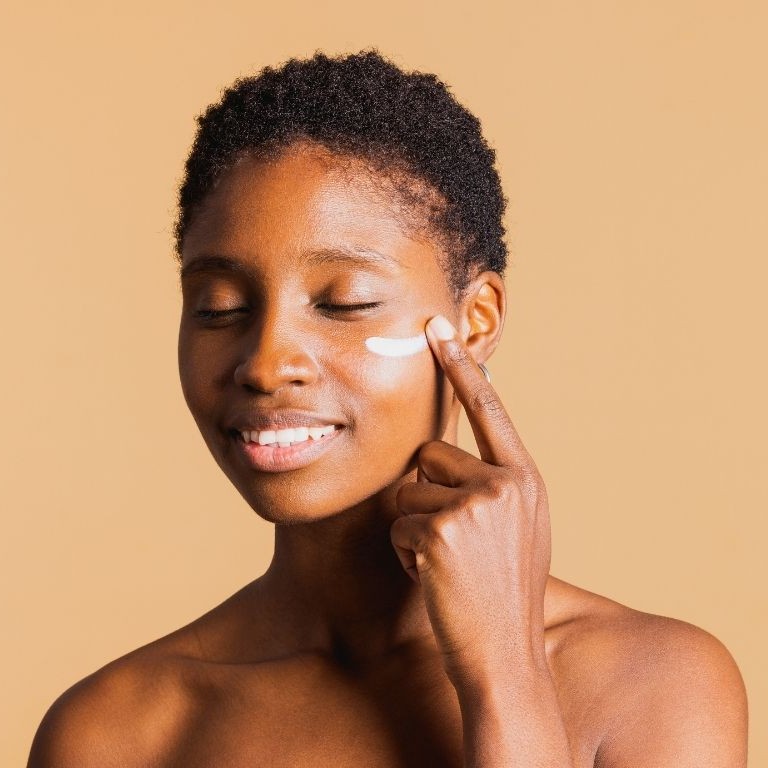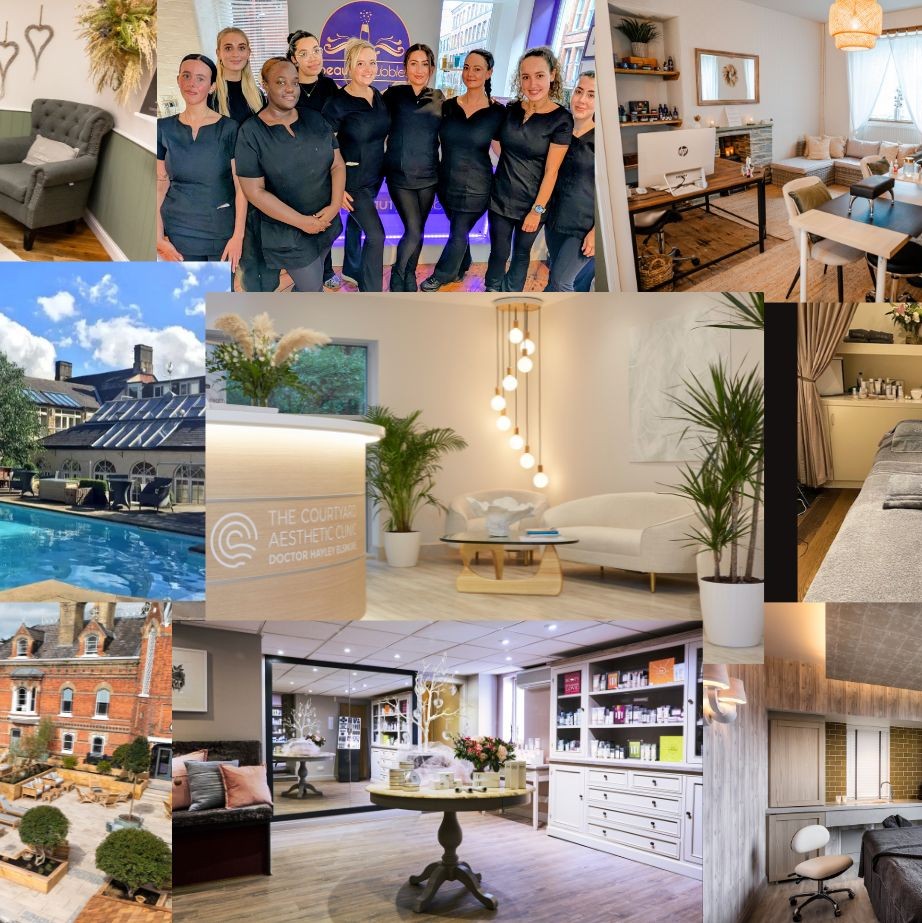Sleep tourism emerges as a leading wellness travel trend for 2025
As the colder months set in, more travellers are swapping adventure holidays for restorative escapes. Sleep tourism – the wellness travel trend centred around rest and recovery – is surging, with 94% of travellers in the US and Europe now searching exclusively for wellness destinations that promote better sleep and help them disconnect.
According to new data from mattress company MattressNextDay, 38% of travellers have intentionally chosen hotels or rentals based on sleep-related features, while one in five would pay extra for accommodation designed to enhance sleep quality.
Why sleep tourism is good for you, according to a psychologist
Dr Amber Johnston, clinical psychologist and neuropsychologist at Healthy Mind Psychology, explains that sleep tourism is about reclaiming holidays as a time for true rest.
“Over time, the idea of a holiday as a time for rest and relaxation has shifted; now even the thought of holidays can be stressful. The concept of sleep tourism brings intentionality back into holidays, to make rest and restoration the purpose, rather than adventure or activity,” she says.
Dr Johnston adds that sleep-focused breaks help retrain the nervous system.
“Sleep tourism captures and even commodifies the idea of returning to intentional rest, of doing things that help the nervous system return to a state conducive to sleep.”
Find out how a lack of sleep affects your skin health here.
What happens to your brain when you really switch off
It takes time for the brain to adapt to downtime, says Dr Johnston.
“People often say they don’t feel truly rested until day two, three or four of a holiday. That’s because it takes time for the central nervous system to adjust – our brains are trained to meet daily demands, and it doesn’t just switch off immediately.”
She adds that while these trips can help alleviate stress symptoms, they’re not a long-term fix.
“They’re great if you can take several throughout the year, but that’s not realistic for everyone.”
How to bring the benefits of a sleep retreat home
For those who can’t jet off to a spa or wellness retreat every season, Dr Johnston advises taking inspiration from sleep tourism environments.
“If you notice something on holiday that makes a difference, like blackout blinds, noise reduction or having tech-free spaces, try bringing that into your home.”
She adds that small changes such as reducing stimulation, lowering light exposure, and creating cooler, quieter bedrooms can all support better rest and help train the brain to see stillness as normal rather than unsettling.
Can you really train your mind to rest?
Martin Seeley, senior sleep expert at MattressNextDay, believes that relaxation can be learned.
He says, “Sleep tourism is about teaching your body what it’s like to truly relax without the external stimuli of responsibilities, timetables and notifications that keep you stressed at home.”
Seeley recommends focusing on environmental factors that influence rest, including temperature (ideally 16-18°C), light and noise control. He also highlights the importance of sleep hygiene, journaling, breathwork and meditation to retrain the mind to switch off.

The best European cities for sleep tourism
To discover the best places for restorative sleep, MattressNextDay analysed environmental and lifestyle data across major European cities, including air quality, green space, light and noise pollution, nightlife density, rainfall and temperature.
Top 5 European destinations for sleep tourism
- Vilnius, Lithuania – Scoring 8.26/10, Vilnius takes the top spot thanks to its clean air, abundant green space (56%), and low noise levels. The city’s luxury hotels, such as The Grand Hotel Vilnius, offer spa treatments and rooms tailored for rest, with blackout curtains and high-thread-count bedding.
- Dresden, Germany – With 631mm of rainfall a year and low light pollution, Dresden offers a tranquil setting perfect for unwinding.
- Poznań, Poland – Known for its peaceful pace and quality bedding, Poznań’s calm ambience and minimal nightlife make it ideal for sleep-focused stays.
- Warsaw, Poland – Despite being a capital city, Warsaw offers surprising serenity, with 62% green space and low light pollution for stargazing nights.
- Riga, Latvia – Combining clean air and cool nighttime temperatures, Riga’s natural setting and wellness culture make it a top choice for restorative travel.
Also featured in the top 10 were Essen (Germany), Utrecht (Netherlands), Helsinki (Finland), Munich (Germany) and Amsterdam (Netherlands).
What makes a destination ideal for rest?
The study found that good air quality, low light and noise pollution, and access to green space have the strongest links to better sleep.
Spending even 20 minutes in nature can lower stress hormones and improve mood, while cooler nighttime temperatures and natural white noise (such as rainfall) help people fall asleep up to 38% faster.
Methodology: MattressNextDay ranked European cities based on environmental and lifestyle factors linked to sleep quality, including air quality (via IQAir), light and noise pollution, green space, nightlife density (via OpenStreetMap), and climate data (via Meteostat). Each metric was standardised and weighted to calculate an overall Sleep Tourism Score. Data is correct as of 15 October 2025.
How spas and wellness retreats can tap into the sleep tourism trend
With more travellers seeking rest-led breaks, spa hotels and wellness retreats have an opportunity to position themselves as sleep tourism destinations – places designed not only for pampering but for deep, restorative rest.
For spa operators, this means designing holistic experiences that go beyond the treatment menu.
1. Prioritise sensory stillness
Spaces that promote quiet and darkness can help guests feel safe enough to unwind. Consider soundproofed treatment rooms, soft lighting and neutral décor that mimic a sleep-friendly environment.
Providing tech-free zones or encouraging digital detox moments can also enhance the sense of calm that today’s travellers crave.
2. Curate treatments that prepare the body for sleep
Spa menus can highlight rituals designed to aid rest and regulate the nervous system, from magnesium-rich body wraps to aromatherapy massages using lavender, sandalwood or chamomile oils.
Pairing these with gentle practices like guided breathwork or meditation can amplify the restorative impact.
3. Promote circadian-friendly design
Many luxury hotels are already introducing smart lighting, temperature control and blackout curtains in rooms to support natural sleep rhythms.
For wellness resorts, extending this into treatment spaces, relaxation lounges and bedrooms reinforces the link between environment and deep rest.
4. Integrate sleep education into the guest journey
Sleep tourism also involves teaching guests how to sustain better sleep habits when they return home. Hosting sleep workshops, CBT-for-insomnia-inspired classes, or evening mindfulness sessions can help position your spa as an expert in wellness education as well as relaxation.
You might also like:




